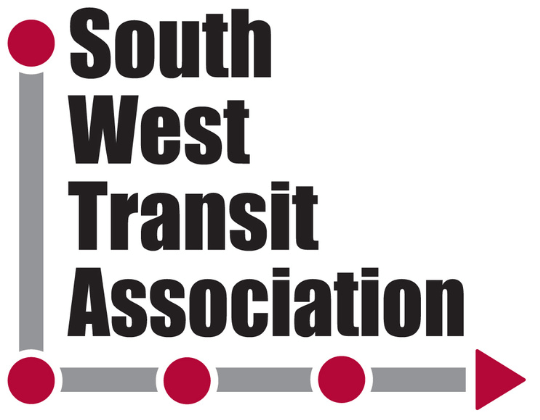For many essential workers, transportation is a major barrier to seeking or maintaining their employment. Read about how employers can help solve this problem, attract diverse talent, and support regional economic advancement by providing company-sponsored transportation solutions.
Access to reliable transportation is often a major barrier that can disproportionately affect shift workers and can put even more financial strain on low-to-moderate income households. Not everyone has daily access to a personal car, and without reliable transportation, job seekers have to pursue jobs within proximity to their homes or along public transit routes. For those that work 2nd or 3rd shifts, transit options may be severely limited or non-existent. Many times, these limitations cause what is called the Mobility Paradox: “No car, no job. No job, no car.” In a recent study conducted by the University of Chicago Commuting in Context: A Qualitative Study of Transportation Challenges for Disadvantaged Job”, 73.4% of respondents (n = 82) responded that transportation challenges made them miss out on job opportunities, and 73.8% responded that transportation is a barrier to keeping a job.
Meanwhile, employers face hiring and retention challenges due to lack of transportation to the office or campus, and as a result, their cost of doing business increases. There is a real economic motivation for employers to play a bigger role in helping employees get to work.
The first step is to start with a basic assessment:
- Is the office location transit-accessible or bike accessible?
- Can employees get to the office without a personal vehicle?
If the answers to these questions are “no”, then the employer is missing out on a large segment of talented employees.
The next step is developing a plan for how the employer will proactively help employees get to work, ensuring that the plan is equitable and serves all types of employees — the ones who work close, the ones who work far, the office workers, the essential workers. Assuming that it may take several months or years for the local transit agency to establish a new bus or rail line to the worksite, employers can look at alternative transportation options that are more nimble and easier to set up.
One solution that is highly cost-effective is vanpooling, where a company sponsors a 7-15 passenger vehicle, the employees rotate driving responsibilities (therefore there is no cost of a professional driver), and the employees share rides to and from work. MagicBus can help employers manage the vanpool program end-to-end, from providing and operating the vehicles to coordinating drivers to letting employees book and pay for rides via a user-friendly app.
The bottom line is that it’s no longer good enough for employers to simply provide the job. They are now expected to provide company-sponsored employee transportation programs that help employees easily, reliably, and safely get to the job site. This in turn benefits the employer by getting access to the right talent, reducing churn, getting brand recognition, and building stronger communities. With these programs focusing on meeting the needs of people with limited mobility, we can begin to close the mobility equity gap.



